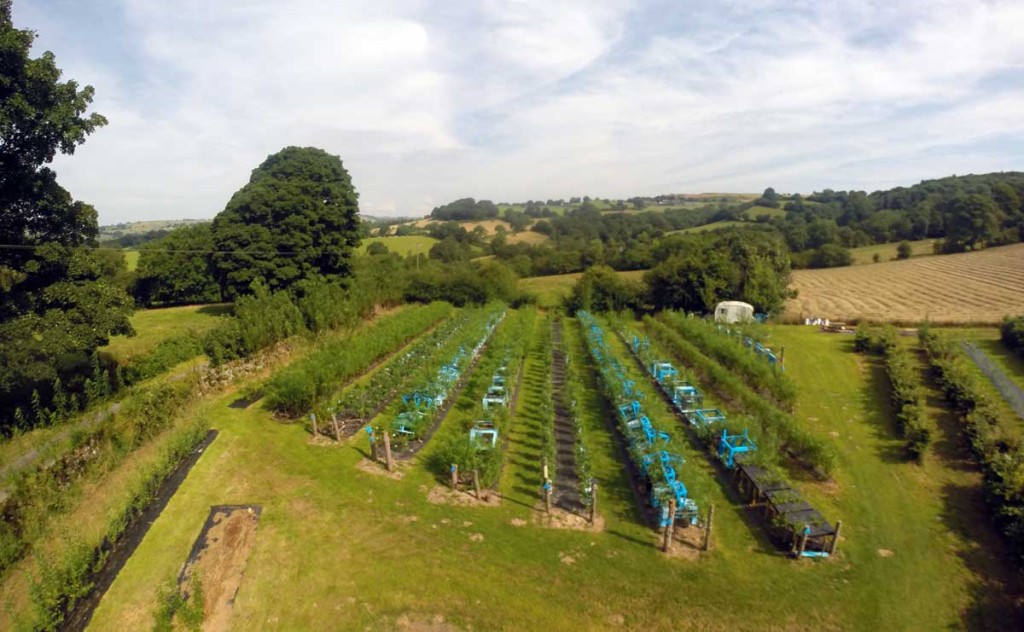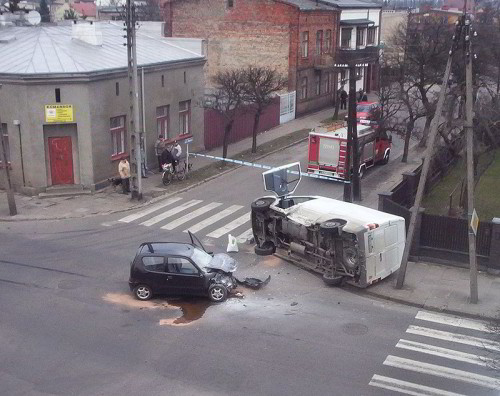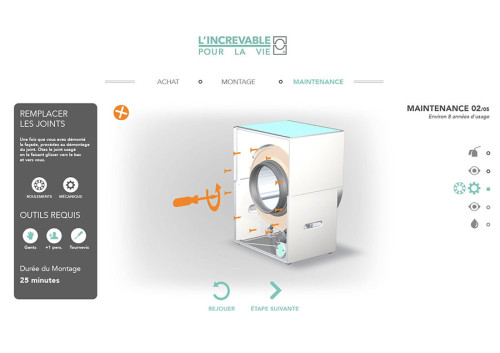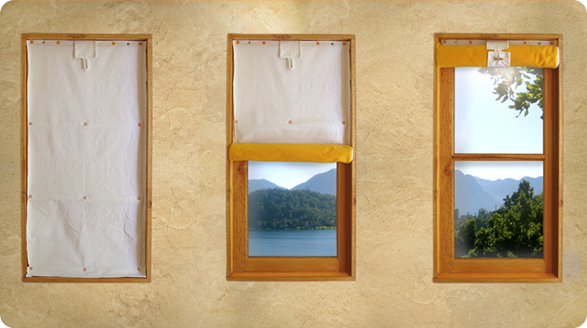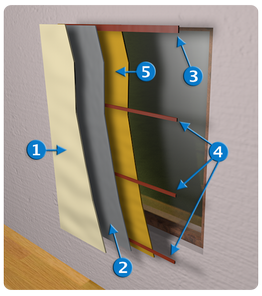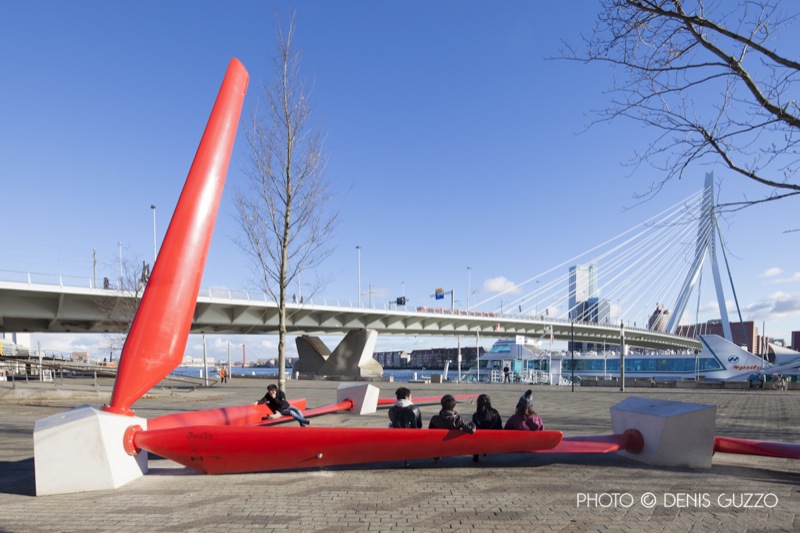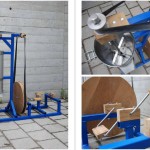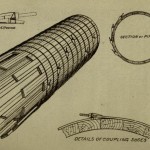“An ingenious British designer has come up with the ultimate environmentally-friendly way to create stunning household furniture – by letting Mother Nature do all the hard work. Gavin Munro grows young trees into specially-designed plastic moulds, pruning and guiding the branches into shape before grafting them together to form ultra-tough joints. Using this method he’s already created several prototype pieces and has a field in Derbyshire where he’s currently tending a crop of 400 tables, chairs and lampshades which he hopes to harvest next year.”
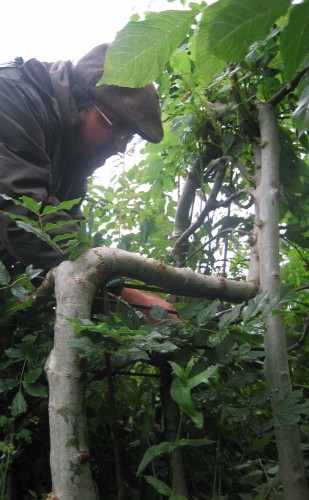 “You start by training and pruning young tree branches as they grow over specially made formers. At certain points we then graft them together so that the object grows in to one solid piece – I’m interested in the way this is like a kind of organic 3D printing that uses air, soil and sunshine as its source material. After it’s grown into the shape we want, we continue to care and nurture the tree as it thickens and matures before harvesting it in the Winter and then letting it season and dry.”
“You start by training and pruning young tree branches as they grow over specially made formers. At certain points we then graft them together so that the object grows in to one solid piece – I’m interested in the way this is like a kind of organic 3D printing that uses air, soil and sunshine as its source material. After it’s grown into the shape we want, we continue to care and nurture the tree as it thickens and matures before harvesting it in the Winter and then letting it season and dry.”
“Each of the pieces have grown from one tree, planted specifically for that reason, its limbs guided in an exact shape and later grafted together to produce the unique pieces of furniture, which he hopes are the pioneers of a new method of sustainable, efficient and ecologically aware production.”
See & Read more:
- Pictures: Munro’s website Full Grown.
Via Unconsumption.
